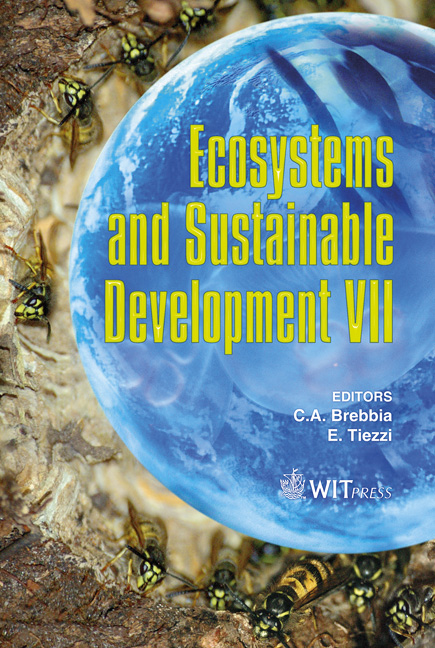Bioethanol Potentials From Marine Residual Biomass: An Emergy Evaluation
Price
Free (open access)
Transaction
Volume
122
Pages
9
Page Range
379 - 387
Published
2009
Size
673 kb
Paper DOI
10.2495/ECO090351
Copyright
WIT Press
Author(s)
F. Coppola, E. Simoncini & R. M. Pulselli
Abstract
Different types and sources of biofuels were recently studied as potential energy issues. The aim of this work is to evaluate the use of new kinds of renewable and alternative feedstocks for producing bioethanol. In particular, the potential production of bioethanol from cellulosic material was analyzed considering two species of macroalgae (C. linum, G. longissima) as residual biomass from an eutrophic lagoon system. Besides chemical analyses and the evaluation of yields in producing bioethanol, accounting methods are necessary to understand the level of sustainability of the whole production process exploiting natural resources. An assessment was carried out based on the emergy approach, in order to evaluate the environmental performance of processes in the case study. Results showed that macroalgae are a good candidate for bioethanol production even if bioethanol conversion from macroalgae biomass was found to be not very efficient per se. Nevertheless, the feedstock may be involved in processes of biorefinery in systems with a high carbohydrate content, in which heat necessary to treat the feedstock and maintain the micro organisms performing the transformation are provided by external sources already existing (e.g. a combined heat and power plant). Keywords: biofuels, macroalgae, biorefinery, emergy analysis.
Keywords
biofuels, macroalgae, biorefinery, emergy analysis





